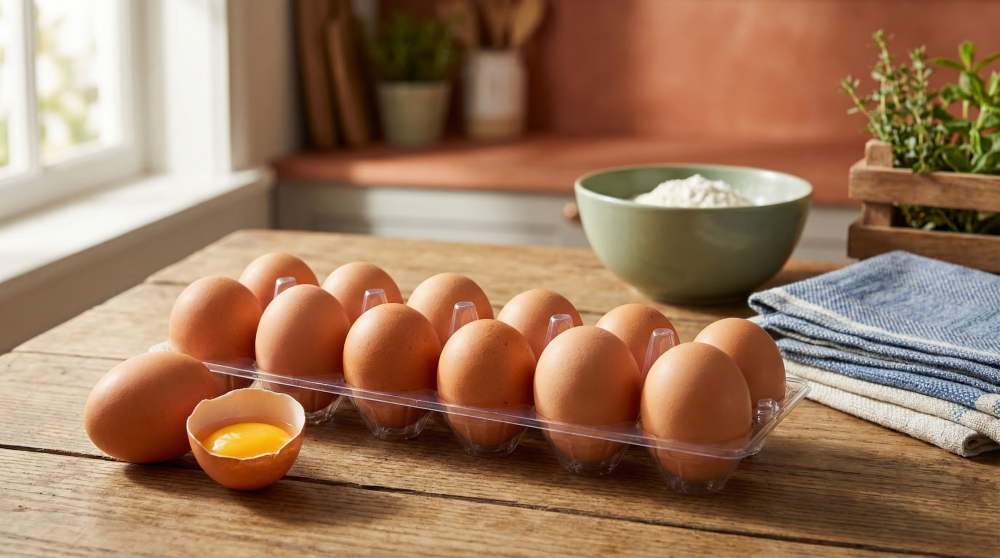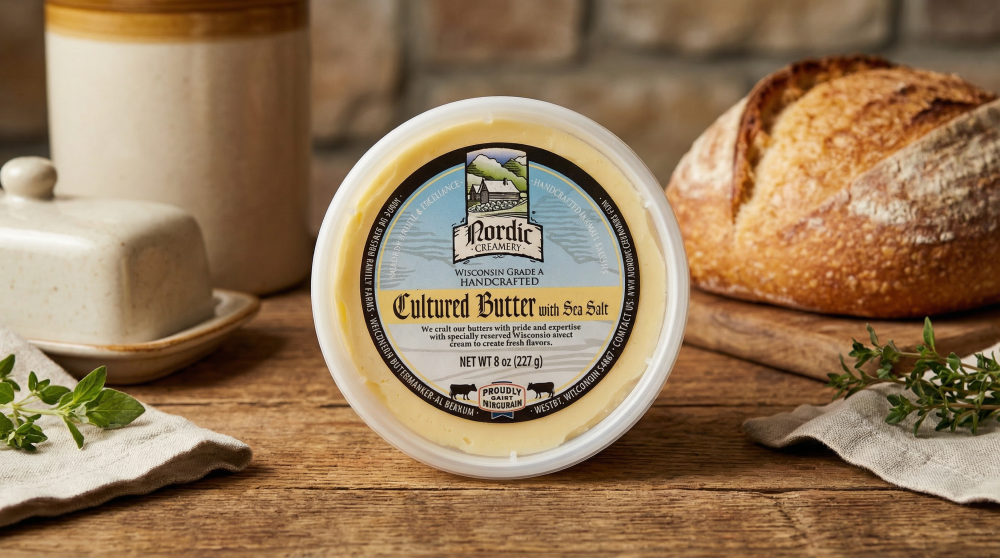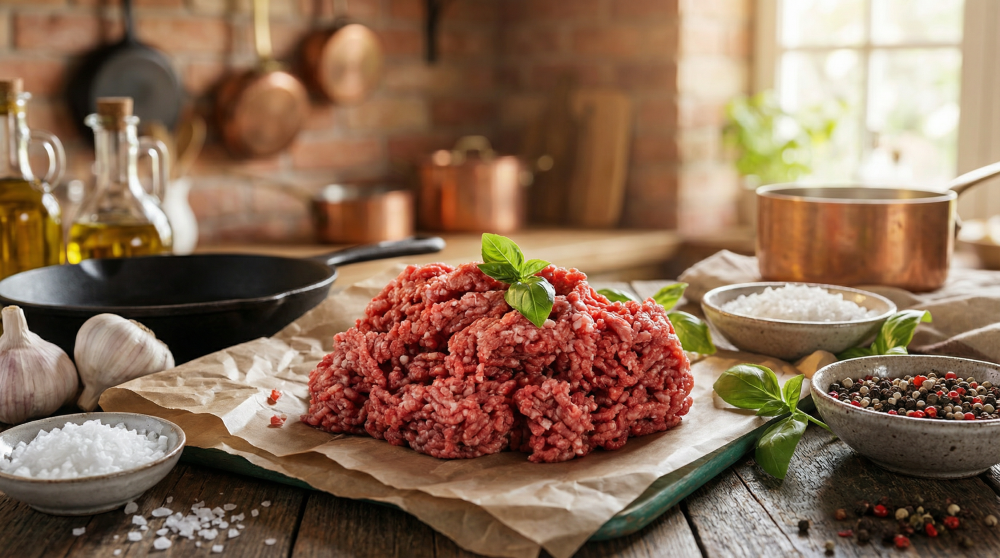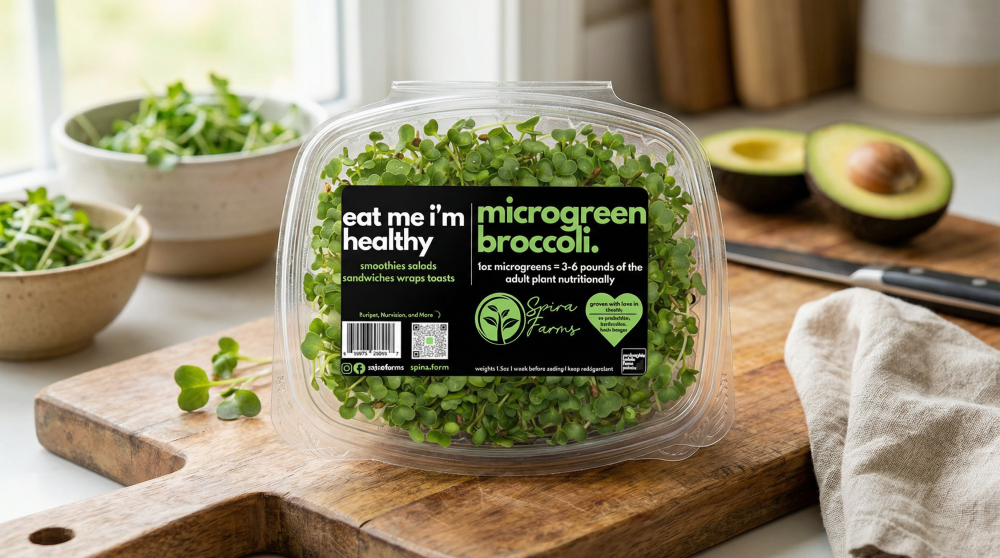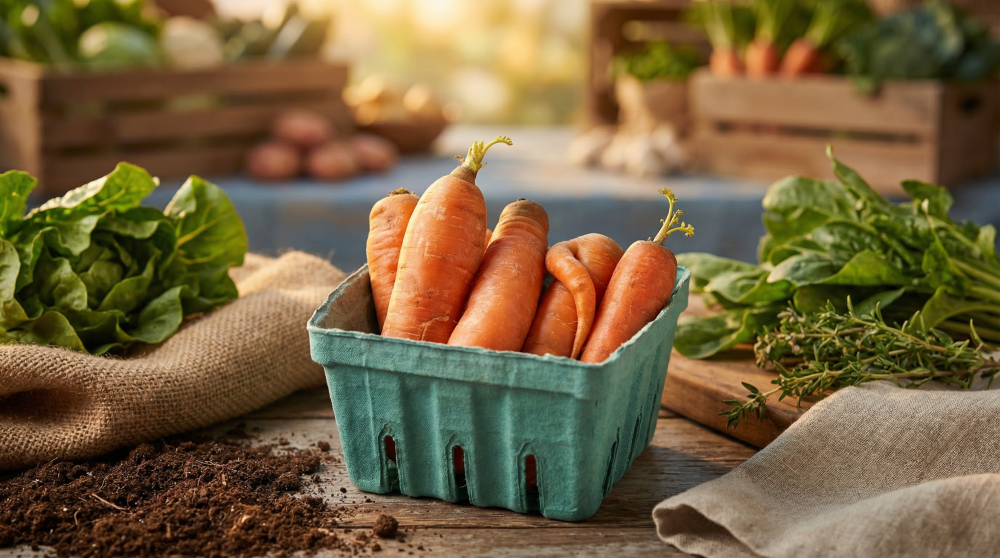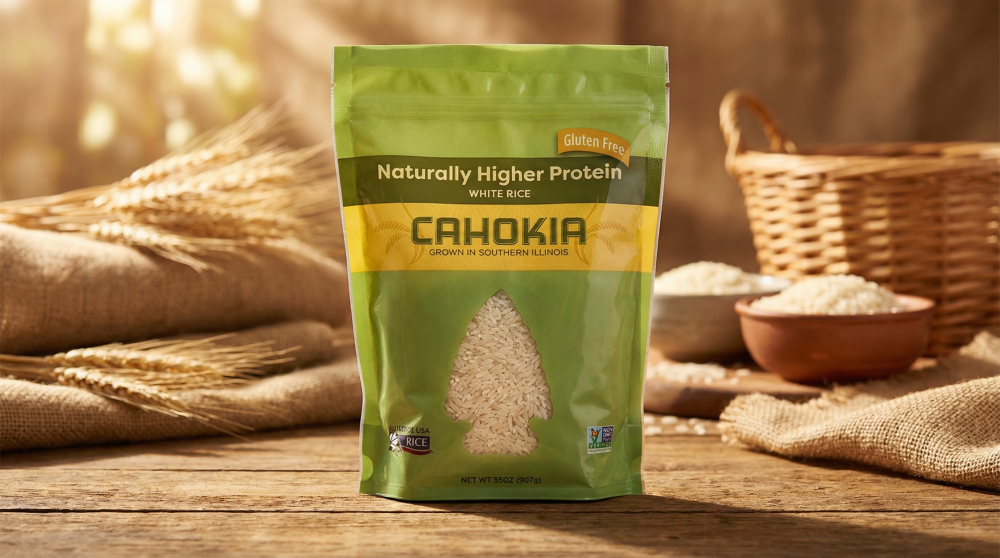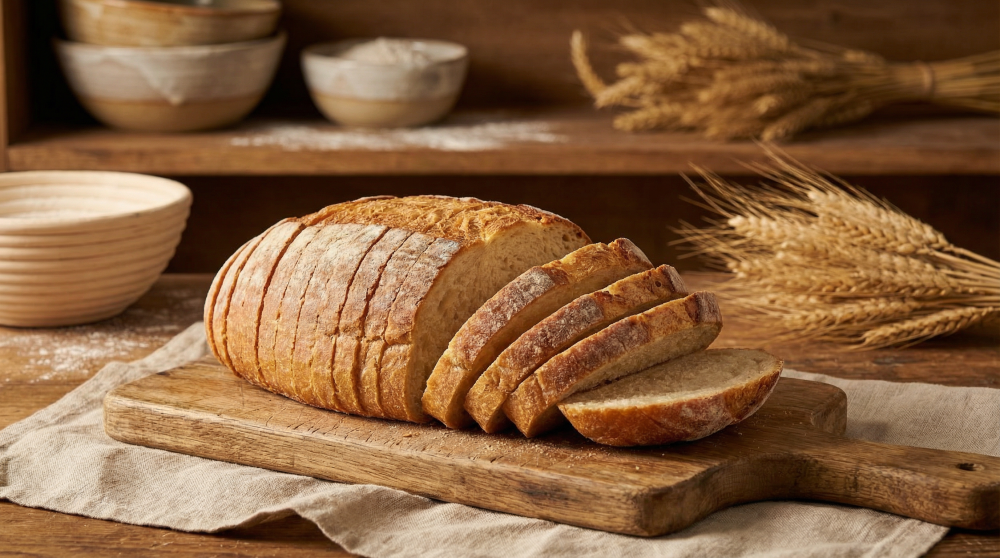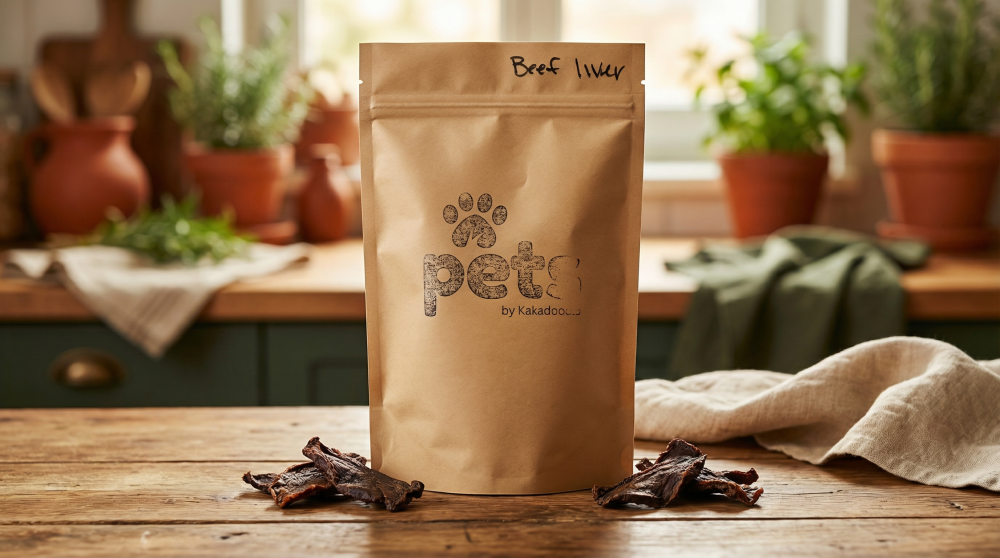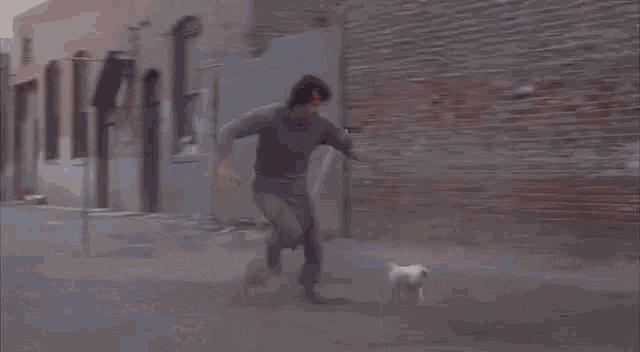article Growing at the Pace of Our Customers
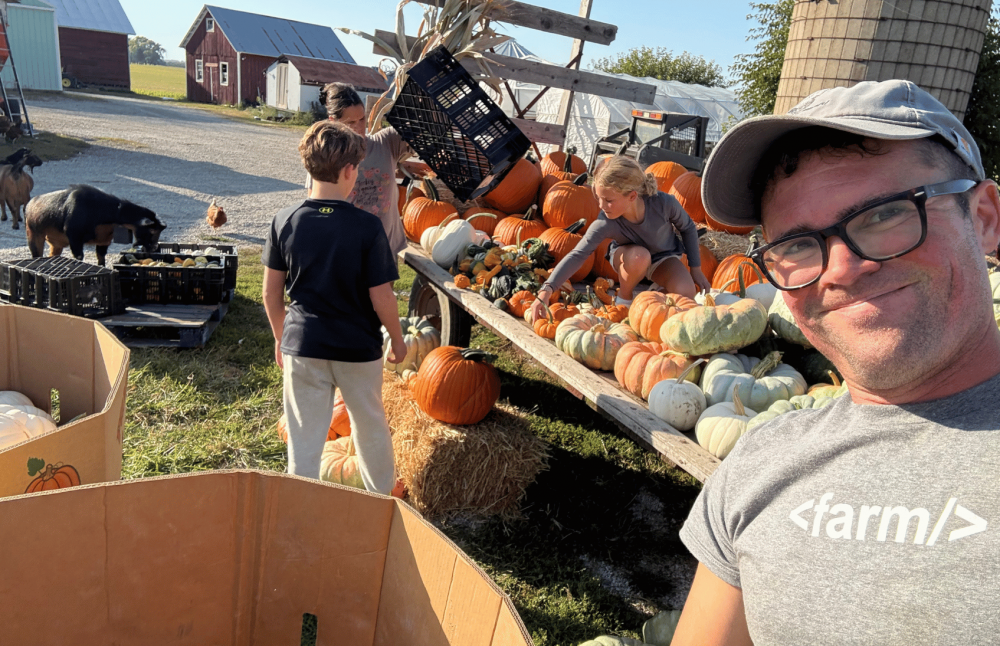
Today I had a conversation with Olivia. She was introduced to me through The Conservation Fund — the same organization that made it possible for us to even get on our farmland. Without them, Kakadoodle wouldn’t exist in the form it does today. Their model is brilliant: they purchase farmland, protect it with an easement so it always stays farmland, and then lease it back to farmers on a path to ownership. But the value they bring goes far beyond land. They connect farmers like us to people, resources, and wisdom we wouldn’t otherwise have access to. Olivia is one of those people.
She’s a consultant in the agriculture and food world, and today she gave me advice that cut right through: stabilize. She said she can see my energy and ambition (encouraging me that it's it’s a good thing) but her encouragement was to rein it back. To focus on making what we have work instead of sprinting to the next thing.
That doesn’t come naturally to me. My instinct is always to push forward, build more, and chase growth. But Olivia reminded me that stabilization is just as important as expansion. She encouraged me to take a more grounded view of our growth aspirations. History isn’t always the right lens for projecting the future. As we are learning the hard way, bumps are inevitable — and it’s better to hedge for them than be blindsided.
Which naturally led into a conversation about debt. As I mentioned before, MariKate and I are all in financially on Kakadoodle. I admitted to her that the debt "feels scary." Her response surprised me: debt can actually be seen as a sign of commitment, not mismanagement. It’s proof that you had an idea, believed in it enough to act, and took the leap. That reframing was encouraging.
So What Does Stabilization Actually Mean?
It’s one thing to say, “stabilize.” It’s another to figure out how. At its core, stabilization means the company is financially steady. That either comes from raising money, or continuing to self-fund.
Raising money has been on the table before. I’ve talked openly about why venture capital doesn’t make sense for agriculture — the industry just can’t deliver the kind of returns those investors expect. Impact funds are more mission-aligned, but even then I’m not sure it’s obvious. I’ve never done it before, I don’t know that I can count on it, and honestly, I’m not even sure what the exact “ask” would be if I raised money tomorrow.
That leaves self-funding — which is what we’ve done all along. Friends, family, and our own resources have carried us to this point. But there’s no unlimited runway. So how do we get to financial stability from here?
I can identify few levers to pull:
- Cut expenses. But given the nature of this business — real farms, real products, real logistics — there’s not much fat to trim.
- Increase revenue. That could mean more customers or bigger orders. We’re working on cart size and seeing progress, but there’s no silver bullet for customer acquisition.
- Increase profit. This feels like the most interesting lever. For example, beef prices are skyrocketing, but most farmers can’t move ground beef, so they discount it. We’re in the opposite position — we can move ground beef, but not steaks as easily. That creates an opportunity: support other regenerative farmers by helping them to move their beef, lower our cost of goods, and improve profitability. It's a win for everybody involved.
And then there’s the bigger play:egg bites*. As I mentioned in the Egg Bite Strategy post, value-added products like these could not only increase revenue but also carry stronger margins. That’s why Olivia encouraged us to continue to lean harder into them. They’re not the whole answer, but they represent the kind of shift that could help us move toward stability.
Wrestling with Control
Olivia’s words about stabilization landed so strongly because I’ve lived the opposite. Ever since moving to our original 5 acre farm, with the ambition of tryign to use tech to get clean food to people, I feel like we have been just rolling with the punches. The last punch, when bird flu swept through our flock. In just days, thousands of laying hens were gone — along with the revenue the produced and we depended on.
There was nothing I could do to stop it. No amount of late nights or hard work could fix the situation. For weeks, the farm was quieter, the egg flow was cut off, and the financial hole deepened. That experience showed me just how little control I actually have.
It was humbling — and oddly clarifying. Bird flu reminded me that I can’t force outcomes. I can only do my best, work with integrity, and keep moving forward even when the waves crash.
Not long after, I had a dream that stuck with me. MariKate and I were in a high-rise by the ocean, watching massive, dark waves slam against the building. Water even started to seep in. But strangely, we weren’t panicked. We just stood and observed. When I woke up, the thought was clear: let go of control.
I remember thinking, wouldn’t that be nice? To just let go. To keep doing my best, keep moving forward with integrity and determination — but without the crushing weight of control. It was a relieving thought. Like a weight off my shoulders. But is that even possible?
That’s when I turned to the Bible to see what it had to say about this idea. What I found was Psalm 46:10: “Be still, and know that I am God.” Earlier in the same passage it describes, “though its waters roar and foam.” 🤯
What This Means for Kakadoodle
Ok. Let's come back to earth. Kakadoodle has been growing — about 8% month over month. But that growth doesn’t happen because I white-knuckle it into existence. In fact, every time I try, it doesn't work. Rather, it happens because families like you choose to join us, tell a neighbor, pick up at the farm stand, or share eggs with friends.
Yes, we need to double to hit break-even. Yes, there’s urgency. But growth isn’t about chasing harder or faster. It’s about stabilizing what we have, making smart moves to increase profitability, and trusting the process.
The paradox I keep coming back to is this: the hardest part of entrepreneurship isn’t doing more. It’s slowing down enough to stabilize, finding peace in the pace that’s unfolding, and trusting that the work we’re doing today will hold.
